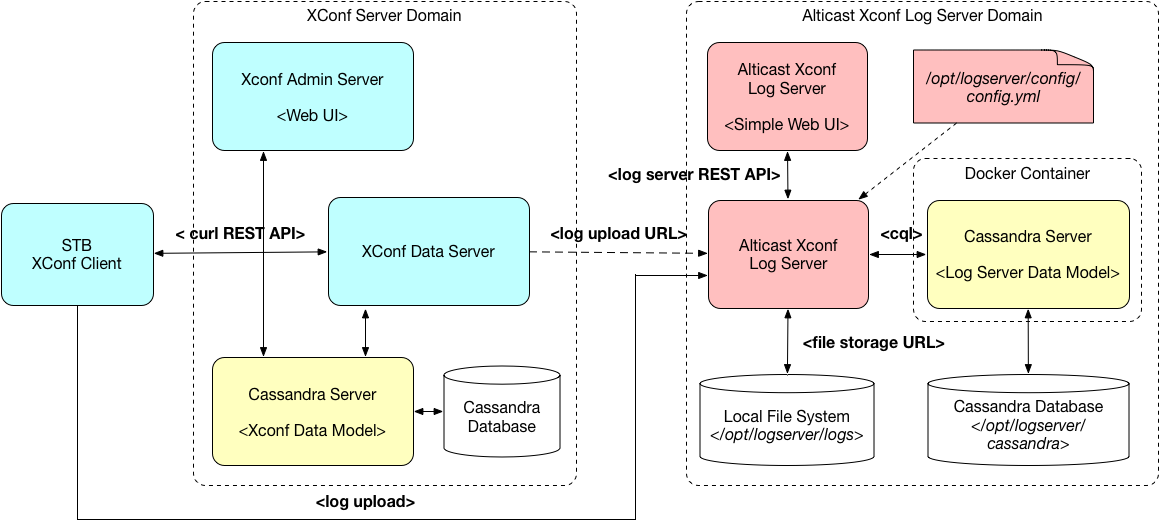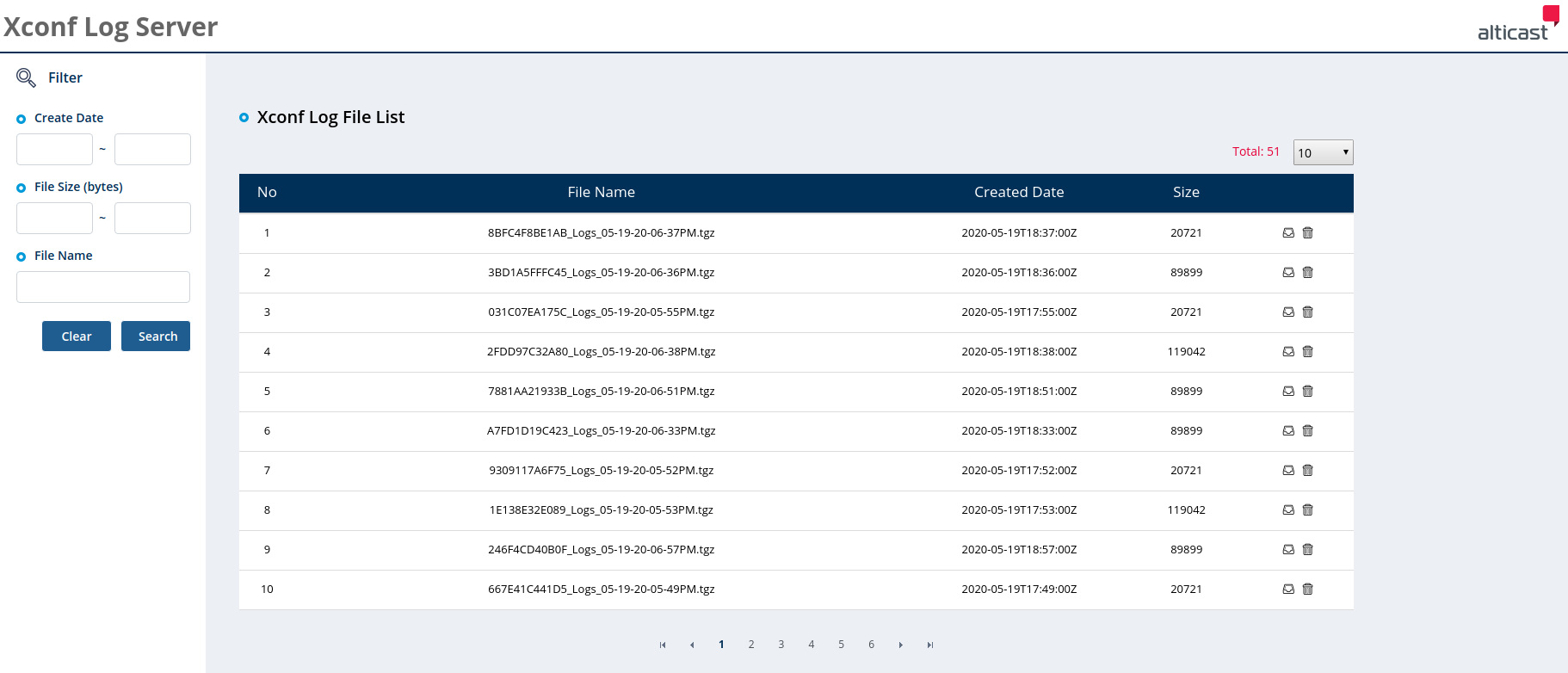
RDK European Summit: Best Ever!
RDK European Summit: Best Ever! Thanks to those of you who joined us in Amsterdam for what was the seventh annual RDK European Summit! Here’s

Alticast Inc. is excited to introduce its first contribution to the RDK community. The Alticast Xconf Log Server is a software server component that works in conjunction with the RDK Xconf Server technology. The log server is a simple file server written in the Go Language. It may be used to upload files from an RDK set-top or gateway device via the RDK Xconf Server. Logs are stored to the local file system on the server platform and additional meta-data is captured in a Cassandra NoSQL database. Uploaded files may be downloaded from the log server using the simple log server Web UI or the server’s REST API. Alticast is providing this contribution after identifying the need for a simple tool that can be used to upload and manage log files while investigating the RDK Xconf Server technology and explore how it can help improve operations. The Alticast Xconf Log Server application fulfils this requirement and may be used to test the RDK Xconf Server technology while a more robust solution is developed. Of course, the Alticast software may also be used as a base for a production solution since it is being released as an Open Source component under the Apache 2 license. The Xconf Log Server provides the following features:
Server Architecture The following diagram shows the relationship of the Xconf Log Server component to the RDK Xconf Server and Client software.



RDK European Summit: Best Ever! Thanks to those of you who joined us in Amsterdam for what was the seventh annual RDK European Summit! Here’s

RDK and its role in the transformation to a data-driven video product organization In the not so distant past, it took a pay-TV operator up

Metrological named first RDK pre-integrated App Store for Worldwide Operators The new app program, recently unveiled by RDK Management gives operators the flexibility to use
